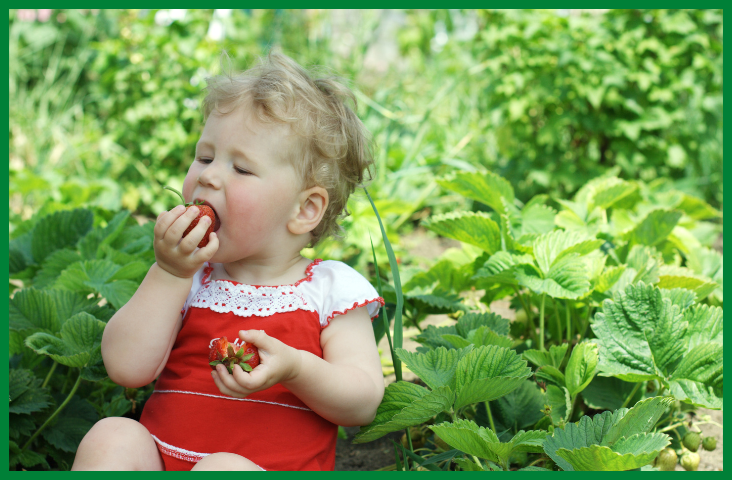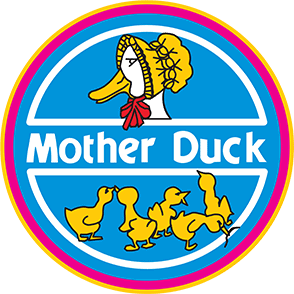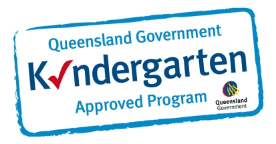
Iron-man (and Iron-child) Food
Iron deficiency: a big problem for small people
The overall aim of my blogs is to help our children play, learn and enjoy healthy lives as much as possible. You may wonder why I’m talking about iron – will it really help children to live better? Actually, the amount of iron our children eat can be a common issue, and a lack of iron can sap our little ones’ energy levels, meaning they’re tired or lethargic, rather than raring to go as youngsters should be.
Iron deficiency is the world’s most common vitamin or mineral deficiency, with children under 2 at the highest risk. A 2016 study found that almost a third of Australian babies and nearly one in five Aussie toddlers weren’t getting the recommended amounts of iron from their diets. That doesn’t mean all these children will suffer ill effects – most will not have low enough levels to cause any symptoms. However, researchers are concerned that some of these children may have iron deficiency severe enough to cause health effects that may be severe or long-lasting.
Iron is an essential mineral in our diet. One of its jobs in the body is as a part of haemoglobin, the substance that makes our blood red and carries oxygen around the body. A lack of iron can cause a condition called anaemia. This means there is not enough haemoglobin, and thus not enough oxygen in the blood for the body to function properly. Common effects of anaemia include tiredness, weakness and lack of energy, but in more severe cases it can impact on development and even be life threatening. While there are other types of anaemia, iron-deficiency anaemia is the one that’s most common. It’s thought that about 8% of Aussie children under the age of five suffer from anaemia.

Why are babies and young children at risk?
Babies and toddlers need a lot more iron for their size than adults, because they are growing so rapidly. This means it can be harder for young children to eat enough iron to meet their requirements. There are several causes for this, and they differ between babies and toddlers or pre-school children.
Iron in babies’ food
Babies are usually born with a 6-month supply of iron. Thus, they generally have enough iron to meet their needs until they start eating solid food at about 6 months of age. This is one reason why it’s important not to delay weaning far beyond the 6-month mark and to ensure babies progress beyond simple fruit and veg purees and onto suitable foods richer in iron fairly quickly.
It’s recommended that babies are not given cows’ milk as a main drink until the age of one, and have breastmilk or formula instead. Drinking larger amounts of cows’ milk can lead to lower iron levels because cows’ milk is naturally low in iron, and also reduces the absorption of iron from other foods babies are eating. More on that later.
Iron in toddlers’ and pre-school children’s food
As many of you will have experienced, some young children are very fussy and reluctant to eat the iron-rich foods that need to be a part of their diet. Others really, really, REALLY love their milk – toddlers drinking excessive amounts of milk can impact in two ways. Milk is low in iron but can fill toddlers’ little tummies up so much that they can’t fit in all the other foods they need to eat. Also milk is one of the foods that reduces the amount of iron that can be absorbed by foods eaten at the same time (more on this below).

What to do if you suspect your child may be iron deficient?
If you do have a child who dislikes foods rich in iron, such as meat and legumes, or if they are pale, and tire easily, you may worry that they may have low iron levels. Other symptoms can include children being irritable, short of breath, having a poor appetite, and complaining of a sore tongue. People who are vegetarian or vegan can also be at increased risk of not getting enough iron, though a well-planned diet will easily ensure that their iron needs are met.
If you are concerned, take your child to the doctor. They may order a blood test to check iron levels, and probably give you advice on increasing the amount of iron in your child’s diet. They may also suggest an iron supplement to boost levels. (Please note that iron supplements can be poisonous in high doses and must be stored out of reach of children. They are also likely to turn your child’s poo black!)
How can I increase my child’s iron intake?
Given children’s high iron requirements, it’s a great idea to offer iron-rich foods as a regular part of their diet. Iron in food comes in two different forms. One is called haem iron and is only found in animal foods. It is very easily absorbed, making foods such as red meat a valuable source of iron.
The other form is called non-haem iron. It’s found in plant foods and eggs and is not nearly so easily absorbed as the haem type. However, if foods containing non-haem iron are eaten at the same time as foods high in haem iron or foods high in vitamin C, more of the non-haem iron will be absorbed. It’s not so tricky as it sounds. Examples of this combination include baked beans on wholegrain toast with sliced tomatoes on the side, breakfast cereal (the kinds that contain added iron) with strawberries, or a stir-fry with beef, spinach and broccoli.
The lists below may be helpful to pinpoint iron-rich foods you can offer your child, and vitamin C sources to boost non-haem absorption.
Foods rich in easily absorbed haem iron
- Red meat, such as beef, lamb or pork
- Liver and kidney
- Chicken, especially the darker meat such as the thigh
- Fish, including canned fish.
Foods rich in non-haem iron
- Breakfast cereal, because it is often fortified with extra iron – check the packet to be sure.
- Legumes such as dried beans, lentils, chickpeas and baked beans
- Wholegrain foods such as brown rice and wholegrain bread
- Eggs
- Green, leafy vegetables such as spinach
- Soy foods such as tofu
- Dried fruits
- Seeds and nuts, including peanut butter. (Note that young children should not be given whole nuts, due to the risk of choking, and all nuts should be avoided if nut allergy is an issue.)
Foods and drinks rich in vitamin C to boost non-haem iron absorption
- Citrus fruits, such as oranges and grapefruit, and their juices
- Berries
- Melon and papaya
- Tomatoes and capsicum – levels are higher if they are served raw
- Kiwifruit

Foods and drinks that reduce iron absorption
I mentioned earlier that milk can reduce the amount of iron absorbed from foods eaten at the same time. There are a number of other foods and drinks that have the same effect. However, this applies only to the non-haem iron, which is already more poorly absorbed. Easily absorbed haem iron from foods such as beef or fish is not affected.
Do note that most of the foods that reduce iron absorption are a healthy part of a young child’s diet and should still be eaten. My suggestion is to offer them at separate times to the non-haem iron-rich foods your child is eating if you are trying to boost iron levels. To make things even more confusing, soy and wholegrain foods are both sources of iron but also contain a substance that blocks some of it from being absorbed. In any case they are still a healthy part of a child’s diet.
Foods that reduce iron absorption include:
- Milk and other dairy foods
- Food containing a substance called phytate, including soy foods and wholegrains
- Tannins in tea, coffee and wine (though this applies to the grown-ups, not the children!)
Increasing iron – a priority for our kids
It can seem tricky to think about different types of iron and vitamin C. However, including iron-rich foods every day and watching excessive milk intake can make a big difference to our children. If you’re still concerned that your little one may not be getting enough iron, or that anaemia could be an issue, contact your GP or a dietitian for some expert advice.
Check out these websites for more information:
- http://conditions.health.qld.gov.au/HealthCondition/condition/8/78/418/iron-for-toddlers-and-children
- https://www.betterhealth.vic.gov.au/health/ConditionsAndTreatments/iron-deficiency-children
- https://dietitiansaustralia.org.au/health-advice/dietary-iron-makes-healthy-bodies
© Fiona Hinton 2023
MEDICAL DISCLAIMER: Please note that this blog is for general information only, and should not be taken as a substitute for qualified medical advice. Please discuss medical issues with your child’s doctor before taking any action.
About Fiona: Fiona Hinton is a dietitian, but describes herself as a nutrition translator, taking the science of nutrition and translating it into foods we love to eat, to nourish both body and soul. She has over 20 years of experience as a dietitian, working in a wide range of areas from hospital wards to running her own private practice. Fiona has a special interest in children’s nutrition. As a mum of three school-age boys, she has first-hand experience of the issues associated with feeding young children, such as weaning and fussiness. Fiona specialises in real-life strategies and practical suggestions to convert nutrition advice into food kids will eat. Fiona has collaborated on several books, including one with best-selling children’s food writer Annabel Karmel, as well as training childcare staff in children’s nutrition.


